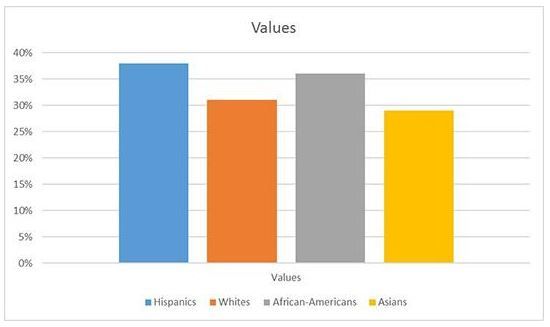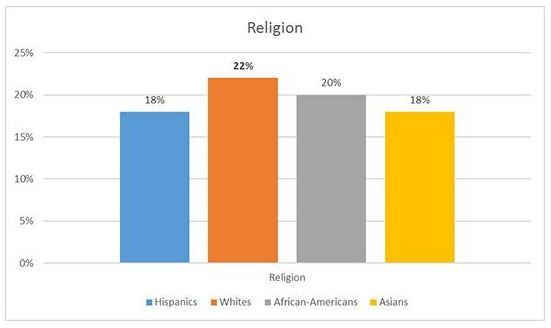How Do We Integrate Culture In Marketing Without Defining It First?
Diverse Audiences Think Of Culture Differently
One of the cornerstones of the Total Market approach is the application of key cultural elements strategically across all segments. But even before the concept of Total Market emerged, multicultural marketing relied heavily if not exclusively on cultural elements to connect with diverse audiences.
But rarely do marketers ask the question, “what is culture?” As multiple cross-cultural marketing models begin to emerge, defining culture is more important than ever if we are going to continue to use it as an integral component of our campaigns.
What is culture?
Sociologists and anthropologists have carved out a definition for culture that we all generally understand. However, that definition has little bearing on how marketers approach and apply culture for marketing purposes.
To help marketers better connect with cross-cultural segments in the U.S., we conducted a study among a nationally representative audience of Hispanics, African-Americans, Asians and non-Hispanic whites to see how each segment defined culture.
We asked respondents to rank a battery of cultural elements from “1” for the element they think best describes culture, all the way down to “8” for the element they thought least represents culture.
Below are the 3 top findings from the research we fielded in September of 2016.
1. Family
Unsurprisingly, family topped the list for all cohorts with Hispanics statistically more likely to rank Family as the element that best describes culture:
So while some multicultural marketers are frustrated with “family” being touted as the symbol of culture in Hispanic marketing, there is data to back up its relevance.
2. Values
Values was the second best descriptor of culture across all groups:
Hispanics are the most likely to cite values as the second best descriptor of culture at 38%. African-Americans are close behind at 36%. Hispanics are significantly more likely than Asians (29%) to cite values as a top descriptor of culture.
However, defining and understanding what those specific values unique to each cohort are will be critical to Total Market practitioners if it is to be effective. Values are clearly an important cultural element across all cohorts but vary from group to group.
3. Religion
The U.S. is becoming less religious according to recent Pew Research data. It is still, however, in the top 3 best cultural descriptors among all cohorts:
Whites top the list here at 22% but not enough to be statistically significant. However, this is an interesting directional finding. Traditional multicultural marketing wisdom often labeled Hispanics as more religious than the general market. African-Americans cite religion as a top cultural descriptor slightly below whites at 20%, and Hispanics and Asians round out the top 3 at 18%.
Religion is a cultural descriptor marketers often avoid because of its polarizing nature. While using religious motifs in marketing efforts is often taboo, it is a significant attribute of culture across all groups and worth exploring. The use of values may be a roundabout way for marketers to weave religious undertones into messaging without being overt.
The Future of Culture in Total Market
Culture has long since been the foundation upon which Multicultural and Total Market marketing campaigns are built. But culture is not a one size fits all model. While each segment shares similarities in cultural descriptors, nuance sets them apart. It is important for us to delve deeper into how each cohort defines culture. Doing so challenges marketers to create campaigns that will resonate with each group in a meaningful way.
This blog post was originally published on MediaPost – Engage: Hispanics


